1.What Is Color Temperature?
Color temperature is like a way to describe the color of light. It’s measured in Kelvins (K). When light has lower Kelvins, it looks warm and yellowish, like a cozy fireplace. But when it has higher Kelvins, it looks cool and bluish, like daylight. So, it helps you pick the right light for different places and moods.
The Correlated Color Temperature (CCT) of an LED light fixture describes the way the light appears, whether it’s warm or cool in effect. It’s important to note that this value doesn’t indicate how hot or cold the bulb is to the touch.
2.What Is The Color Temperature Chart?
There is a wide range of color temperatures available for lighting, but they can be categorized into three main groups:
Warm White (Low Color Temperatures):
– Typically in the range of 2700K to 3000K.
– Provides a warm and cozy yellowish light similar to incandescent bulbs.
– Ideal for creating a relaxed and inviting atmosphere in residential spaces like living rooms and bedrooms.
Neutral White (Mid-Range Color Temperatures):
– Typically in the range of 3500K to 4000K.
– Offers a neutral and balanced white light.
– Suitable for areas where a combination of comfort and clarity is desired, such as kitchens, bathrooms, and workspaces.
Cool White or Daylight (High Color Temperatures):
– Typically in the range of 5000K to 6500K.
– Provides a cool, bluish-white light that resembles natural daylight.
– Ideal for task-oriented spaces like offices, garages, and areas where high visibility and alertness are important.
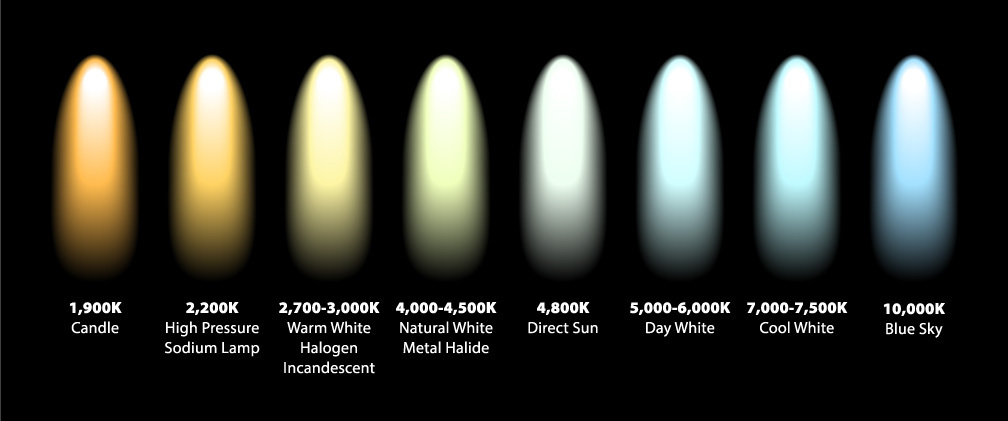
3.How To Choose Color Temperature For Indoor LED Lights?
Choosing the right color temperature for indoor LED lights involves considering the function and atmosphere you want to create in each specific space. Here’s a step-by-step guide to help you make the best choice:
Understand Color Temperature Ranges:
– As mentioned earlier, LED lights come in a range of color temperatures, typically categorized as warm, neutral, and cool. Familiarize yourself with the general ranges:
– Warm White: 2700K to 3000K
– Neutral White: 3500K to 4000K
– Cool White or Daylight: 5000K to 6500K
Identify the Room’s Purpose:
– Consider the primary function of the room. Different color temperatures are suitable for various spaces.
– For living rooms and bedrooms where comfort and relaxation are key, warm white (2700K to 3000K) is often a good choice.
– For kitchens, bathrooms, and workspaces where visibility and clarity are important, neutral white (3500K to 4000K) may be more appropriate.
– In offices, garages, and task-oriented areas, cool white or daylight (5000K to 6500K) can enhance focus and productivity.
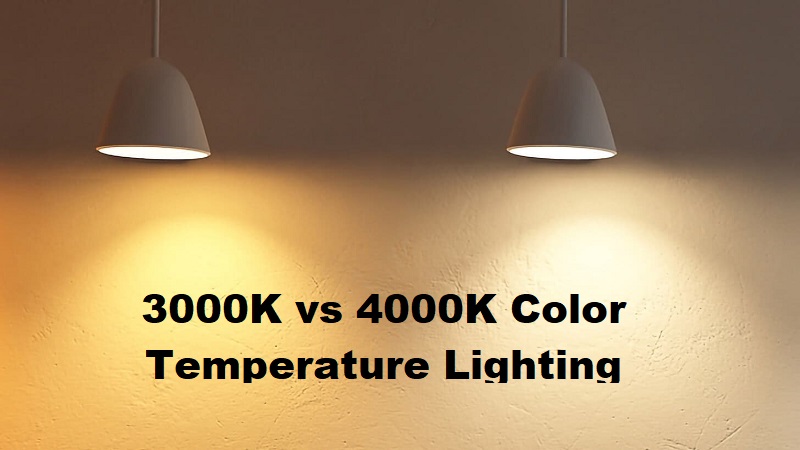
Consider Personal Preferences:
– Think about your own preferences. Some people may prefer warmer light throughout their home, while others may like a mix of warm and cool lighting.
– Test different color temperatures in the space to see which one feels most comfortable to you.
Complement Interior Design:
– Take your interior decor into account. The color temperature should harmonize with your room’s aesthetics. For example, warm white often pairs well with traditional and cozy interiors, while cooler light complements modern designs.
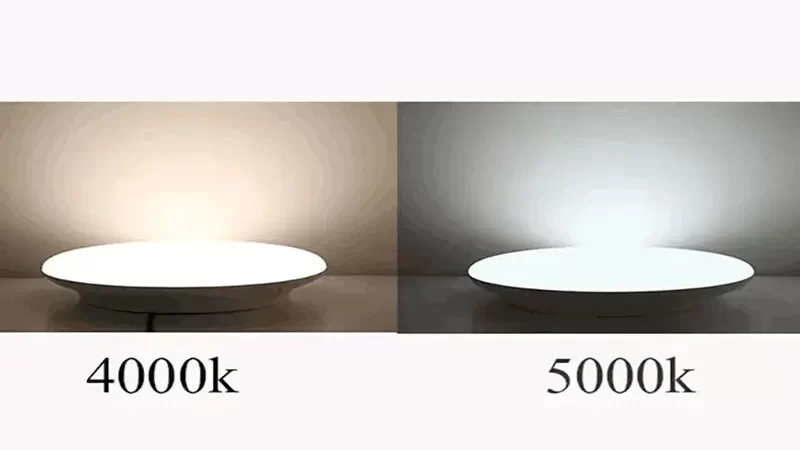
Think About Dimming:
– If you plan to use dimmer switches, ensure that the LED bulbs you choose are compatible with dimming. Be aware that the color temperature of some LED lights may change when dimmed.
Consult Lighting Experts:
– If you’re uncertain about which color temperature to choose or need help with a complex lighting design, consider seeking advice from a lighting designer or an electrician.
4.How To Choose Color Temperature For Outdoor LED Lights?
Selecting the appropriate color temperature for outdoor LED lights, such as LED street lights, LED floodlights, and LED garden lights, involves several considerations for safety, functionality, and aesthetics. Here’s a step-by-step guide:
Understand the Different Outdoor Lighting Types:
Recognize the specific outdoor lighting types and their purposes:
– LED Street Lights: Primarily for roadway illumination and pedestrian safety.
– LED Floodlights: Used for area or security lighting, like illuminating parking lots or highlighting architectural features.
– LED Garden Lights: Designed for accentuating landscaping and pathways or providing ambiance.
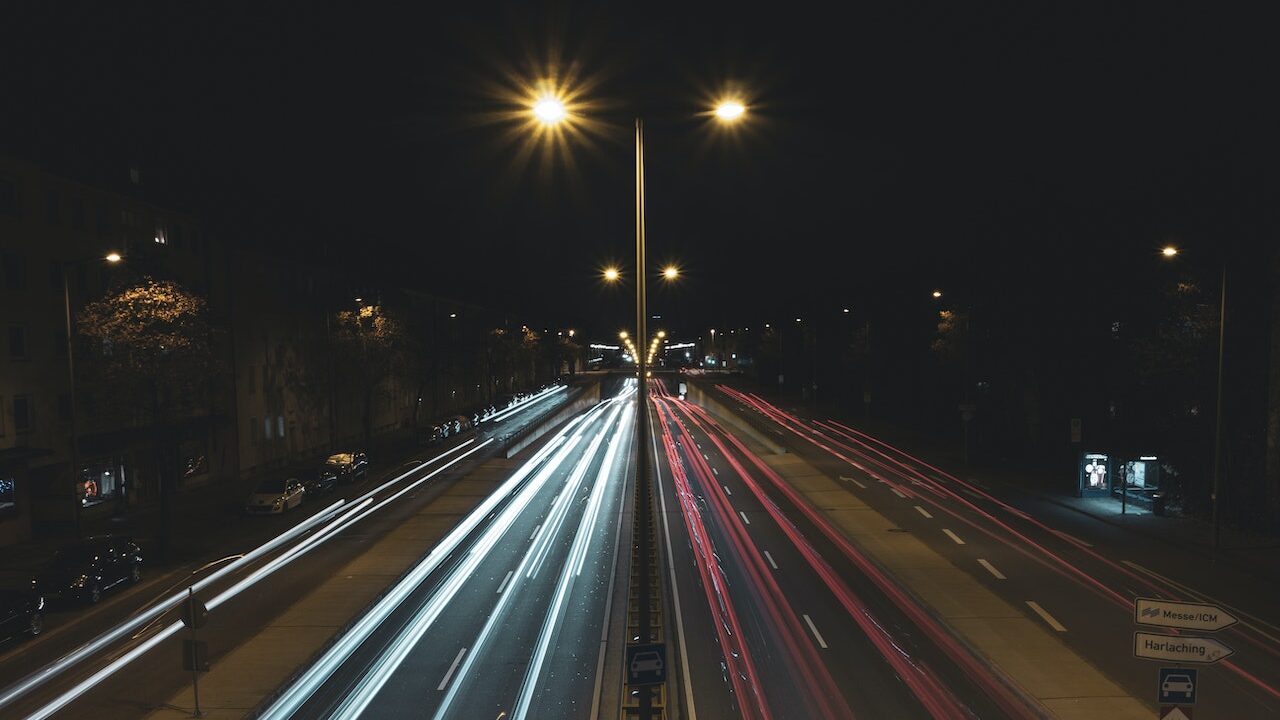
Evaluate Safety and Security Needs:
– Prioritize safety and security when selecting color temperatures for these outdoor lighting types:
-Street Lights:For street lighting, where visibility and safety are paramount, consider neutral white (3500K to 4000K) or cool white (5000K to 6500K) for better visibility.
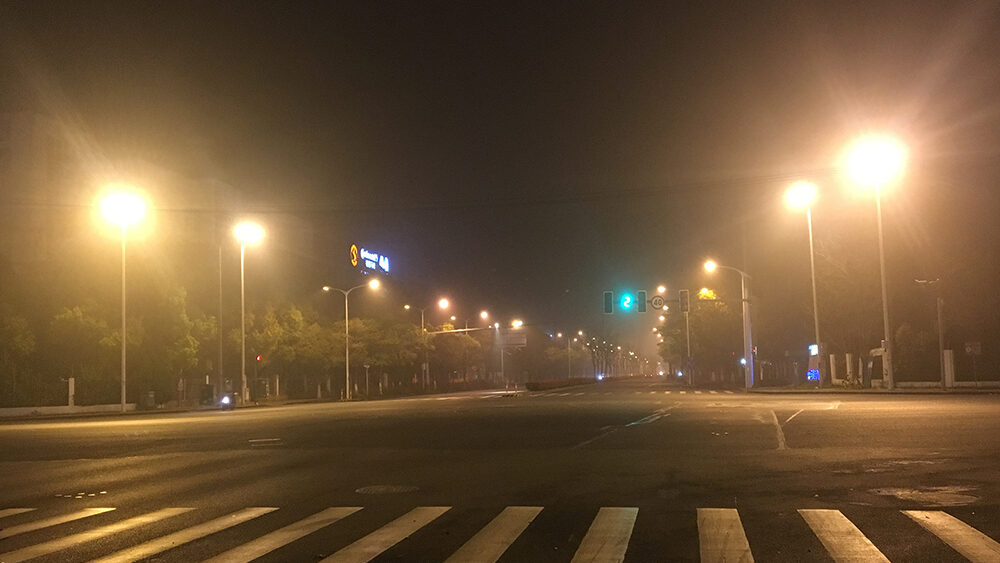
– Floodlights:For security lighting, cool white or daylight LEDs enhance visibility and can deter intruders.
-Garden Lights: Garden lights can use a range of color temperatures, depending on whether you want to create a cozy ambiance (warm white) or highlight specific features (neutral white or cool white).
Consider the Surrounding Environment:
– Think about the environment and surroundings. The color temperature should blend well with the area:
-Urban Areas: In urban environments, where there’s often ambient light, cooler white LED street lights may provide better visibility.
– Residential Areas: In residential neighborhoods, warmer white LED street lights may be preferred for a more inviting atmosphere.

4. Blend Functionality and Aesthetics:
– Find a balance between functionality and aesthetics:
– Street Lights: Balancing functional lighting with a pleasing appearance is crucial. Neutral white is often a good choice.
-Floodlights: Depending on whether the floodlights are for security or architectural illumination, choose color temperatures that suit the purpose.
-Garden Lights: Here, aesthetics play a more significant role. Warm white is often used to create a cozy and inviting atmosphere.
Consult Local Regulations:
– Check local regulations and guidelines that may specify or limit the color temperature of outdoor lighting in your area. Compliance with these regulations is important, especially for street lighting.
Combine Color Temperatures:
– For larger outdoor spaces or projects, consider using a combination of different color temperatures to meet various needs. For example, use cooler light for security and visibility and warmer light for ambiance and landscaping.

Energy Efficiency and Longevity:
– Opt for high-quality, energy-efficient LED fixtures with a long lifespan. LEDs are known for their energy savings and durability.
Test Lighting Scenarios:
– If possible, set up temporary LED lights with different color temperatures to evaluate their performance in your specific outdoor environment before making permanent installations.
By taking these factors into account, you can choose the right color temperature for outdoor LED lights that best serves the intended function while enhancing the aesthetics of the outdoor space.
5.Some Application For Color Temperature
If you still Here are some examples of locations and the recommended color temperatures for their lighting:
Residential Areas:
– Living Rooms and Bedrooms: Warm white lighting (2700K to 3000K) creates a cozy and relaxing atmosphere.
– Kitchens and Bathrooms:Neutral white lighting (3500K to 4000K) provides a balance between comfort and clarity.
– Outdoor Patios and Decks: Warm white or neutral white for a warm and inviting ambiance.

Commercial and Retail Spaces:
– Offices and Workspaces: Neutral white or cool white lighting (3500K to 5000K) enhances productivity and concentration.
– Retail Stores: Cool white lighting (4000K to 5000K) can make products appear more vibrant and appealing.
– Restaurants: Warm white lighting (2700K to 3000K) creates a cozy dining atmosphere.

Street Lighting:
– Urban Streets: Neutral white or cool white LED street lights (3500K to 5000K) are often used for better visibility.
– Residential Streets:Warmer white LED street lights (2700K to 3000K) provide a softer, more inviting glow.
Security and Parking Areas:
– Security Lighting: Cool white or daylight LED floodlights (5000K to 6500K) enhance visibility and security.
– Parking Lots: Cool white LED floodlights (5000K to 6500K) ensure better visibility and safety.

Architectural and Landscape Lighting:
– Building Facades: Cool white or daylight LED floodlights (5000K to 6500K) can accentuate architectural details.
– Gardens and Pathways: Warm white LED garden lights (2700K to 3000K) create a warm and inviting atmosphere.
Entertainment and Hospitality:
– Theaters and Cinemas: Warm white lighting (2700K to 3000K) sets a comfortable and immersive mood.
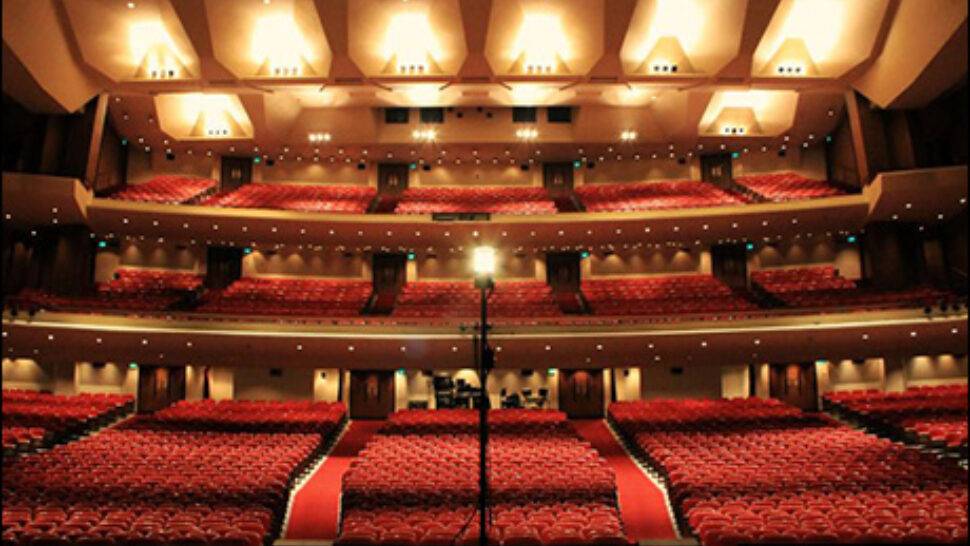
– Hotels and Resorts: Warm white in guest rooms for a welcoming atmosphere, while cool white in public areas for functionality.
Healthcare Facilities:
– Patient Rooms: Warm white lighting (2700K to 3000K) creates a comforting environment.
– Operating Rooms:Cool white lighting (5000K to 6500K) provides clear visibility for medical procedures.

These are general guidelines, and individual preferences and specific lighting design goals may influence the choice of color temperature in each location. Additionally, it’s essential to be aware of any local regulations or guidelines that may impact the selection of color temperatures in certain settings.
6.Other Related Questions Asked About Color Temperature
Will The Color Temperature Affect The Brightness For LED Lights?
No, the color temperature of LED lights does not directly affect their brightness. Color temperature and brightness are two separate characteristics of LED lighting. Here’s a more detailed explanation:
Color Temperature: Color temperature measures the color appearance of light, indicating whether it appears warm (yellowish) or cool (bluish). It is typically measured in Kelvins (K) and helps describe the visual warmth or coolness of the light emitted by the LED. Lower Kelvins (e.g., 2700K) represent warm light, while higher Kelvins (e.g., 5000K) represent cool light.
Brightness: Brightness, often referred to as lumen output, measures how much light an LED source emits. It is measured in lumens (lm). The higher the lumens, the brighter the light source. Brightness is primarily determined by the wattage and design of the LED, as well as factors like optics and beam angle.

While color temperature and brightness are separate characteristics, they can be related in perception. For example, a cooler color temperature (higher Kelvins) may appear brighter to the human eye compared to a warmer color temperature at the same lumen output. However, this is due to human perception and not an actual change in the light’s output.
7.Can I Change The Color Temperature For The LED Lights?
You can change the color temperature of LED lights if you have specific tunable or color-adjustable LED fixtures or bulbs. These specialized LED products are designed to offer flexibility in lighting by allowing you to adjust the color temperature to your preferences. You can switch between warmer and cooler color temperatures using dimmer switches, remote controls, or smart lighting systems, depending on the features of the LED product. This capability is particularly useful for creating different atmospheres or meeting specific lighting needs in various settings.
